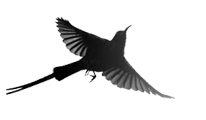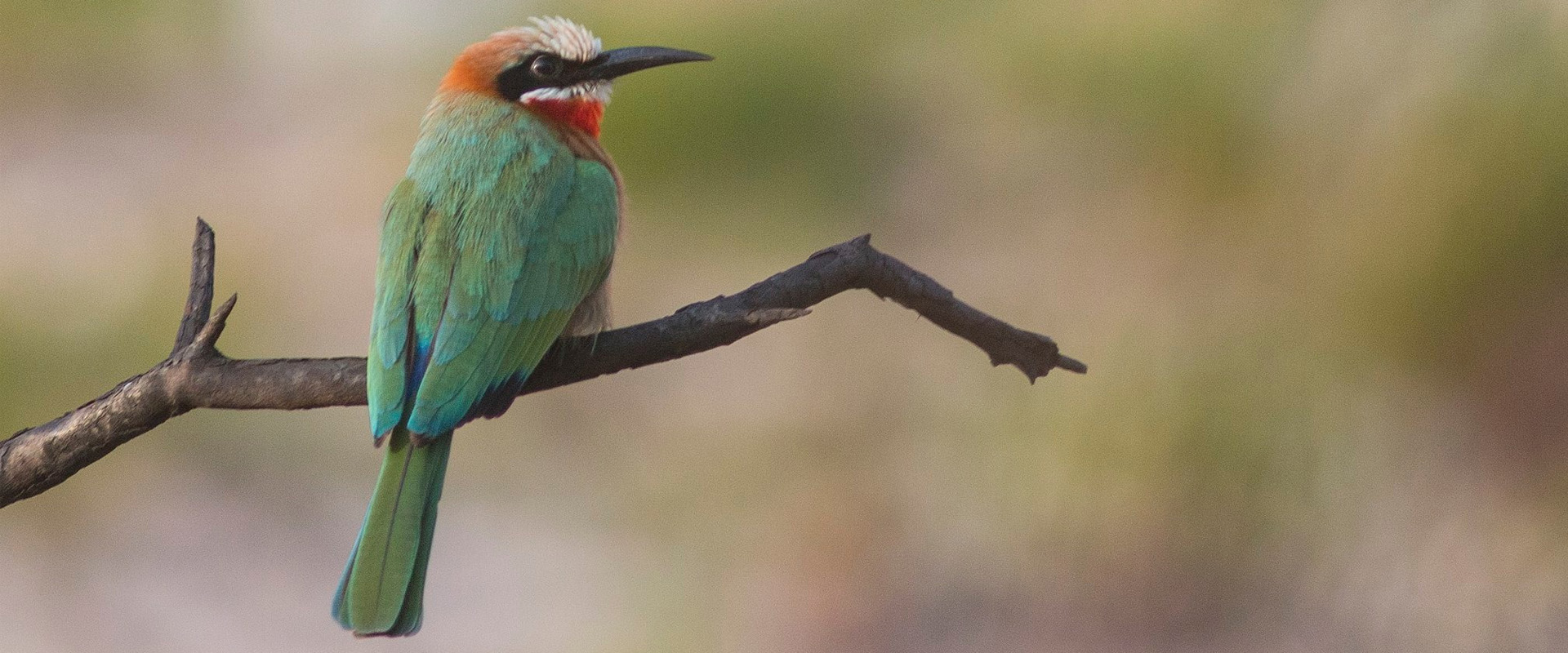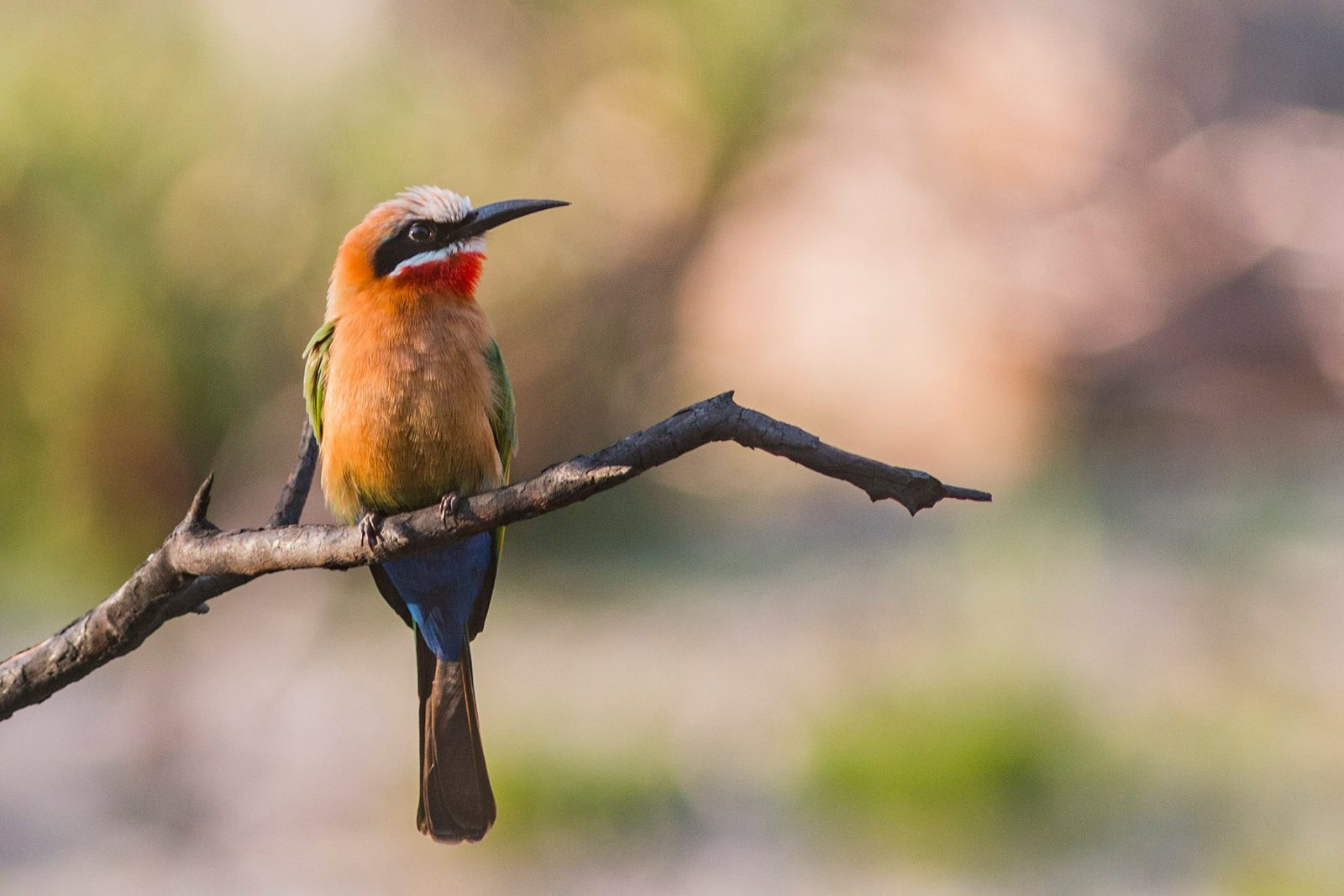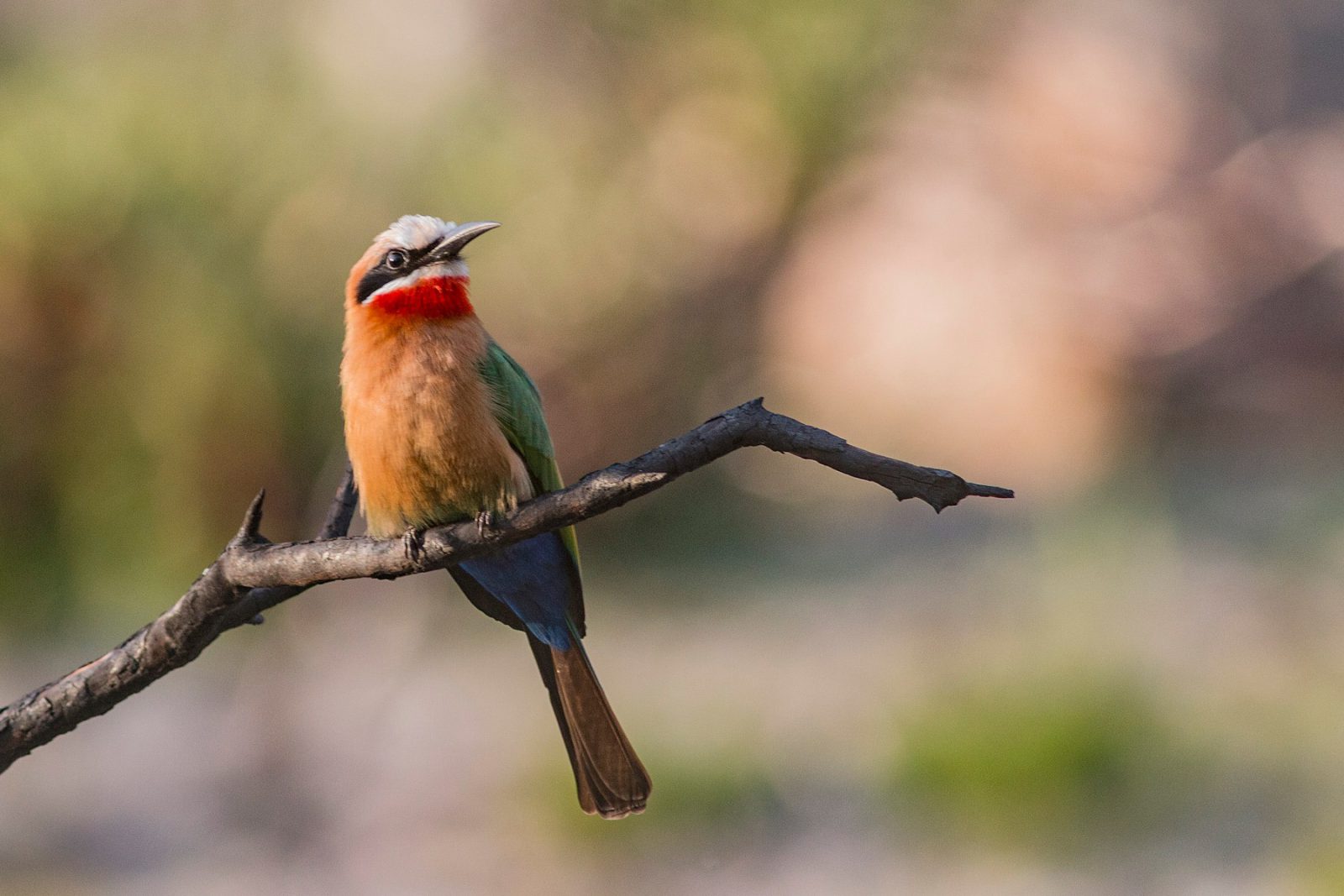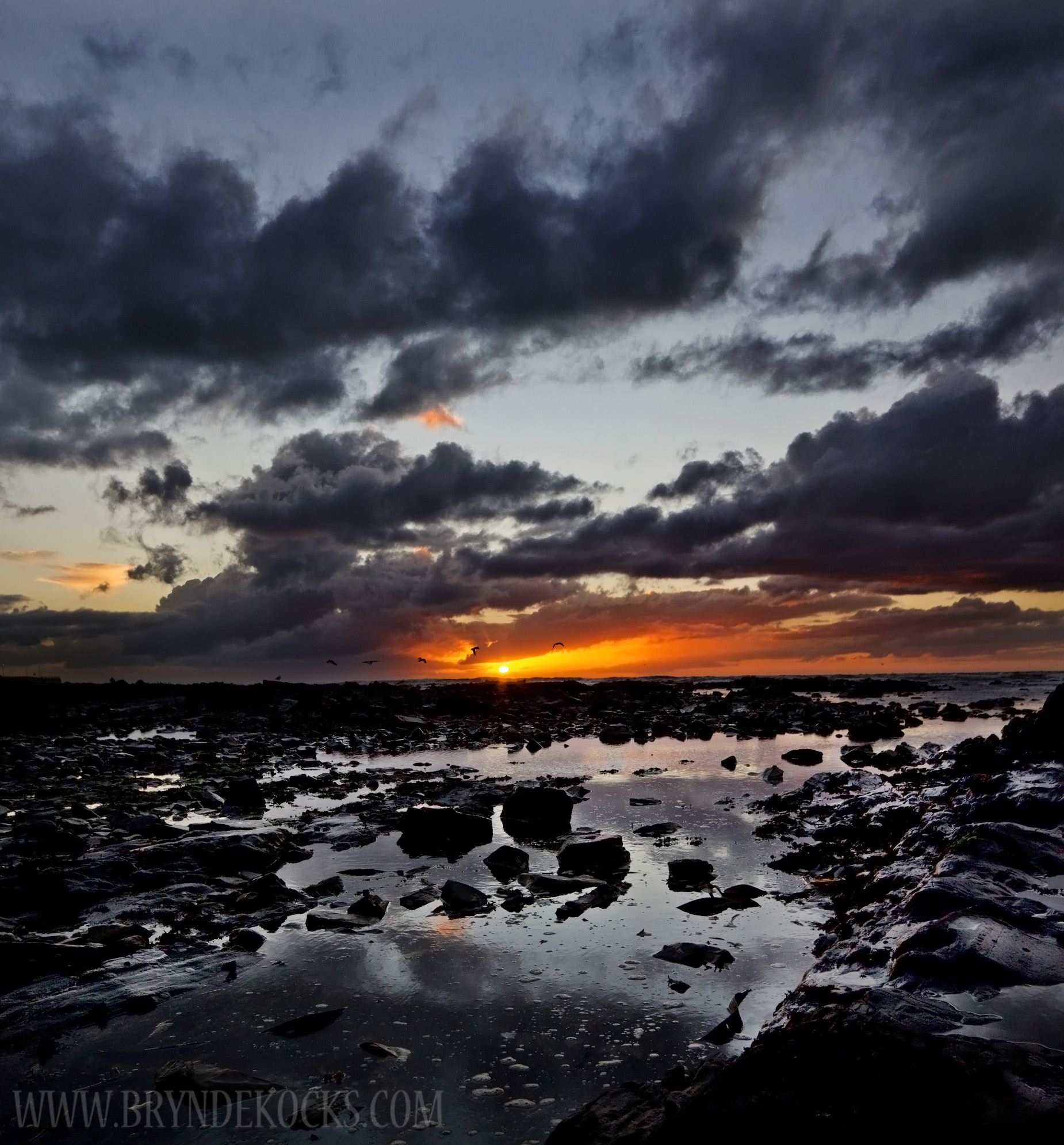The Battle for the Bee-Eaters
It started out a regular day, an autumn day like many other – I was at home with my partner and my cousin, hanging out – when I got a notification on one of the birding WhatsApp groups about some White-fronted Bee-eaters spotted at Harold Porter botanical gardens. It was already mid-afternoon and still had to meet someone before I could set chase. I had yet to see White-fronted Bee-eaters as a lifer, so there was no way I wasn’t going to give this a try with Harold Porter essentially in my back yard at a 40 kilometer drive.
My girlfriend knew something was up when I looked over with phone in hand and said, “Soooo…”
A few minutes later we were in the car and on route. My lens has been broken for the past year or so, hence the lack of blog updates in that time – however I decided to give it a shot with manual focus, as my problem is merely a lack of autofocus capabilities with the lens. Binoculars and lens packed, we weaved the False Bay coast line through Gordon’s Bay, past Rooi Els and towards Harold Porter.
I was intermittently checking my phone, staying up to date with reports of the bird’s positions. The last update came through just as we were passing Betty’s Bay and by the time we got to the parking lot of Harold Porter the birds had done a disappearing act. Was it another case of one of those painful dips where you’re just a few minutes too late? Thankfully not, but what followed was an intense hunt for the colourful little bastards.
We spoke to Stan who was also there looking. The bird had apparently left the garden area, flown outside of Harold Porter and moved towards the ocean. We entered anyway, as I had been given a location pin to where the birds were last sighted inside the reverse. A bit of walking and a bit of cell reception problems, we finally ran into Dave Winter, who had been watching the birds earlier. He pointed us in the direction where he had last seen them – just outside the garden boundary.
Our directional approach changed as we moved back outside the reserve and decided to navigate the area, though the remnant damage of the fire that destroyed much of the area not too long ago. We moved up the gravel road and followed it to the right, driving in parallel to the main road. Near the beginning of the journey we past a burnt down chapel. Many of the houses in this area suffered structural damage with some house’s still performing clean up a year later, while other residents had clearly taken the loss and left the properties in their damaged states – likely looking to simply sell the plot, or waiting for insurance claims to pay out.
We looped these areas for a while without any luck, mostly the sounds of Sparrows and Buntings coming from the rocky mountainside landscape.
Inside the reserve we had run into another birder, she too had arrived a bit later than the last sighting and we had both expressed our desire to hunt down these Bee-eaters.
Our route then took us across the main road and towards the ocean, we passed through some small gravel roads which led us among the beach side houses – though still no sign of the Bee-eaters. We were starting to get a bit bleak as the sun was now reaching the horizon and the light was fading. I decided to do one last loop – and that’s when we ran into the woman from earlier. “Did you see them?”, she asked from her car.
“Nope, unfortunately not”
“They were there by the chapel! I saw them there just now, they should still be there”, she replied.
We made our way straight for the chapel that we had passed earlier, though this time we stopped and walked around. Within a minute, a flash of green from within the structures of a burnt tree. I grabbed my broken lens and camera, and made my way to the back of the chapel.
BINGO!
The two birds were feeding on the area behind the church, moving between broken bricks and burnt trees, occasionally perching on the dead plant matter. I missed about a dozen great poses, while I tried to dial in my manual focus – with the birds sitting still long enough every once in a while to get off a shot or two.
New lifer! And a few photographs too, before the light faded to the point where we had to get back in the car and call it a day. It was a nerve-wrecking chase at times, the morale had almost reached the point of accepting defeat – but a clutch sighting had saved the day.
